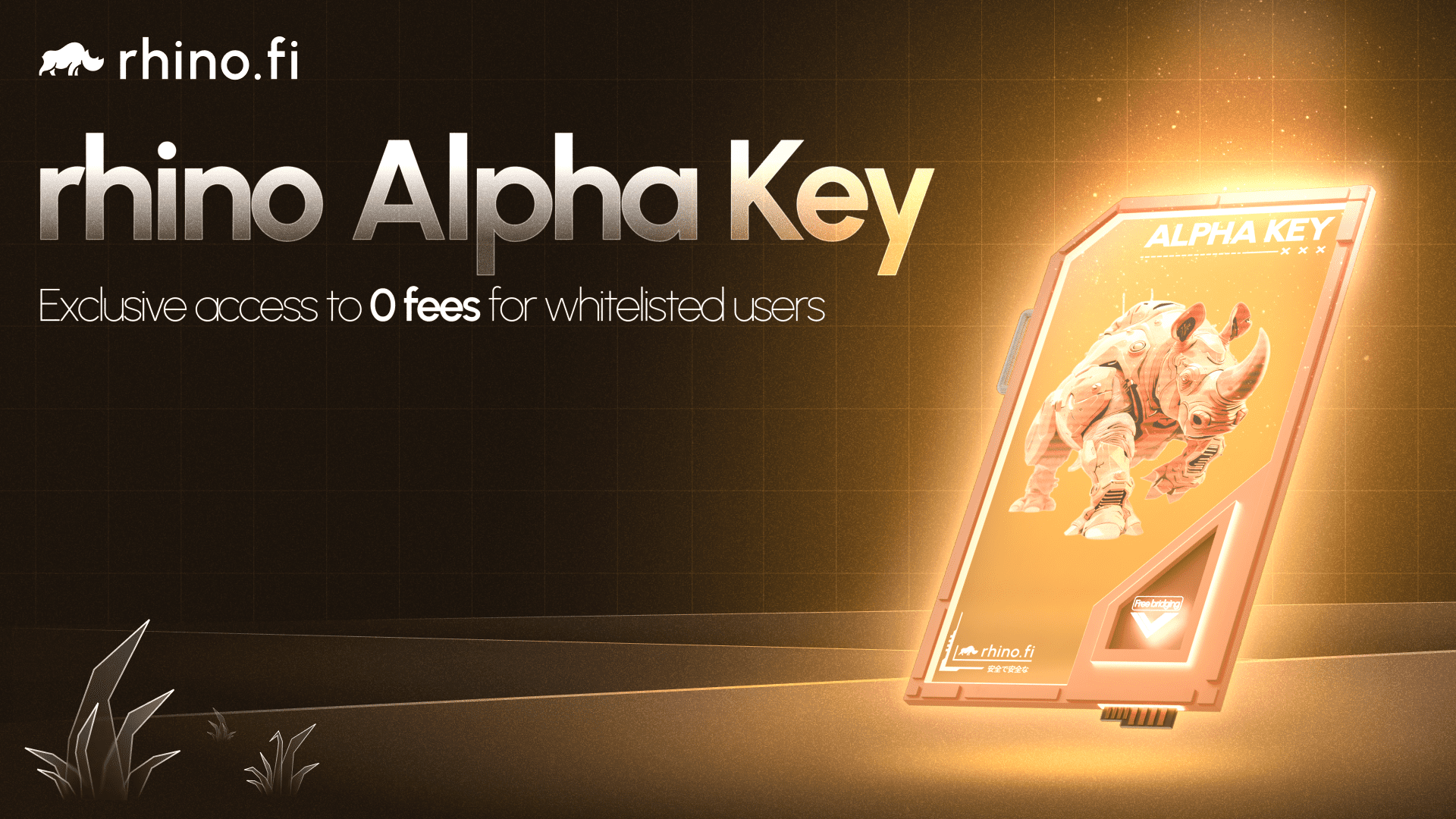An automated market maker, or AMM, is a system of rules that enables traders to buy and sell tokens instantly, without a partner on the other side of the deal.
Instead of trading with one another, traders buy and sell against the tokens in a central liquidity pool. As the ratio of each token in the pool changes, the AMM rule-set uses this ratio to determine the price at which trades can be executed.
This is in stark contrast to the traditional trading structure, which maintains a list of all the orders to buy and sell, otherwise known as an order book. Each side sets their desired price and a trade takes place when the orders are matched. Liquidity is usually made available by one of more professional market-makers, who typically use algorithms and models to set their own buy and sell prices.
With AMMs, this system is fundamentally altered. When you make a market order to swap or buy a token, you deal not with another trader but directly with the smart contract that governs the exchange of the tokens. And the liquidity isn’t provided by a professional market-maker, but by the community itself: anyone can provide liquidity to the AMM pool, and receive rewards.
So, if you want to contribute liquidity to your favourite tokens, you’ll be able to do so by depositing one or more of the tokens that make up the specific liquidity pool. We’ll give you APY interest as well as DVF tokens for doing so :).
Ok, that’s great, but how do AMMs work?
Most liquidity pools consist of pairs of currencies. For example, one of DeversiFi’s initial pools is made up of ETH and DVF, pairing ether with our own native token.
Once the pools open, the two currencies are traded against one another: traders take one currency and add another in exchange. The changing size, and shape, of the pool determines the price of the two tokens.
- The ratio of the two tokens in the pool determines their respective prices.
- The overall volume of tokens in the pool determines the slippage - the difference between the initial price when you enter the pool and the final price at which your trade is executed.
Most Automated Market Makers are ‘constant product AMMs’ and they typically keep the value of the two tokens locked in a 50:50 balance. As the size of the two currency piles moves up and down, their prices rise and fall to maintain this balance. In other words, as the overall stock of one currency gets smaller, so its price increases.
Can you give me an example?
Let’s use a simple example based on the Uniswap ETH/USDC 50/50 AMM Pool, which contains ether and stablecoin.

As you can see from the above screenshot, the ETH/USDC pool contains 116,293,432 USDC and 27,858 ETH. So the volume of USDC in the pool is 4,174 times greater.
So, to keep the respective values of the two currencies at 50:50, the price of 1 ETH must be 4,174 USDC.
Nw, suppose you want to enter this pool and swap your one ETH token for USDC. When you make the swap, you are essentially depositing 1 ETH to the pool whilst simultaneously removing USDC from the pool in a ratio that keeps the constant product of the pool the same.
The actual amount of USDC that you receive for your 1 ETH slips a little in order to keep the constant product of the pool the same, meaning that you get a little less than 4,174 USDC for your 1 ETH.
In this case, however, the overall volume of tokens in the pool is so large that you probably wouldn’t even notice that you are getting a little less USDC than the initial price (and in practice the AMM calculates & displays to you the final average price that you will receive).
But woah, what about if a trader swaps/trades so much that the price moves out of line with the rest of the wider market?
Essentially an AMM is a ‘dumb beast’ insofar that is does not know what happening outside of it’s own little world or set of rules.
Actually, some AMMs have been improved with additions such as outside oracle prices, but in the case of our example above, the 50/50 AMM based on the Uniswap V2 constant product model does not have any external reference points.
Instead, the market price is kept in line via arbitrage traders, who look to see if the AMM price has moved out of line with other markets that involve the same assets and will bring the price back into line by simultaneously buying at another exchange and selling via the AMM, or vice versa (depending on which way around the price is disconnected).
Another key factor is fees. For every swap/trade the AMM takes a small fee, which is added to the liquidity pool. As well as compensating the liquidity providers, this increases the overall size of the pool and helps to reduce slippage.
What are the specific advantages of AMMs versus order books for crypto trades?
Order books have been the bedrock of the financial market for years and are better suited for more advanced trading strategies. However, AMMs have two distinct advantages.
- 24/7 liquidity – liquidity is always available for trading/swapping as traders have deposited into a liquidity pool that is built on an unstoppable blockchain. Generally, traders are no longer reliant on a few professional market makers being present in the market (although it is certainly true that there could be just one depositor who makes up the entire liquidity pool and it is true that blockchains are not always unstoppable!)
- Accessibility – As anyone can become a market maker by depositing into the AMM liquidity pool, the barriers to entry for spinning up new liquidity pools are very low. Communities can easily support their favourite token projects with liquidity and therefore contribute to its growth, whilst earning a share of fees from trading activity.
So now you know how AMMs work, why not help us build one?
We’ll soon be going live with 17 incentivised liquidity pools:
The six initial pairs are as follows
- DVF/ETH
- CRV/ETH
- LDO/ETH
- MPL/ETH
- RAI/ETH
- MATIC/ETH
We’ll also be launching the following pools as soon as possible:
Pools Chosen by DeversiFi
- UNI/ETH
- SUSHI/ETH
- USDC/USDt
- stETH/ETH
- ERP/USDC
Pools Chosen by the Community
- YGG/ETH
- ILV/ETH
- COMP/ETH
- TOKE/ETH
- REN/ETH
- BOND/ETH
Our community voted on which pools they wanted to see on DeversiFi so we’ll be prioritising launching these in trade-only mode as soon as possible.
With AMMs, the pools are filled by the community itself. Members like you have the chance to fill them up by staking your own tokens, in equal matching pairs. In other words, you get the chance to be the market maker and earn a share of trading fees as well as other rewards.
We’ll be launching liquidity mining rewards on all of these pools soon.
Be ready to become an LP as soon as the programme launches by heading over to the pools section of our platform for all you need to know.
About DeversiFi
DeversiFi makes DeFi easy. Swap, Invest and Send without paying Ethereum network fees.
Website: https://rhino.fi/
Twitter: https://twitter.com/deversifi
Discord: https://discord.gg/bfNDxZqPSvf





